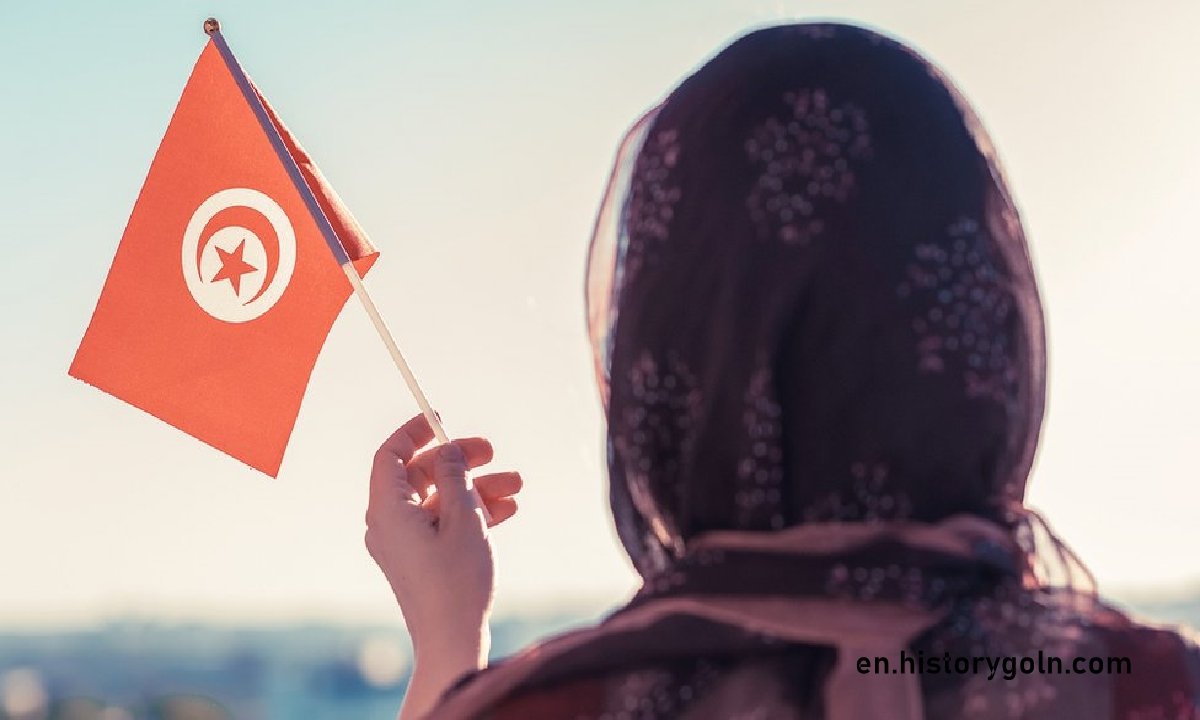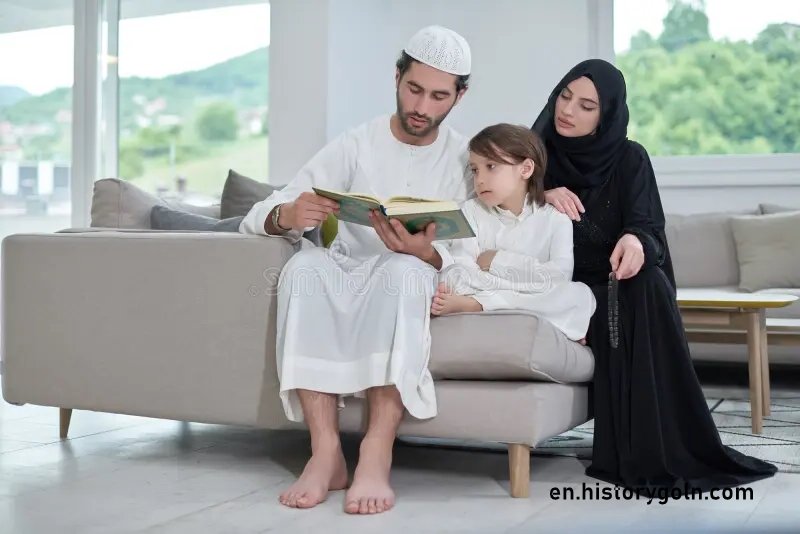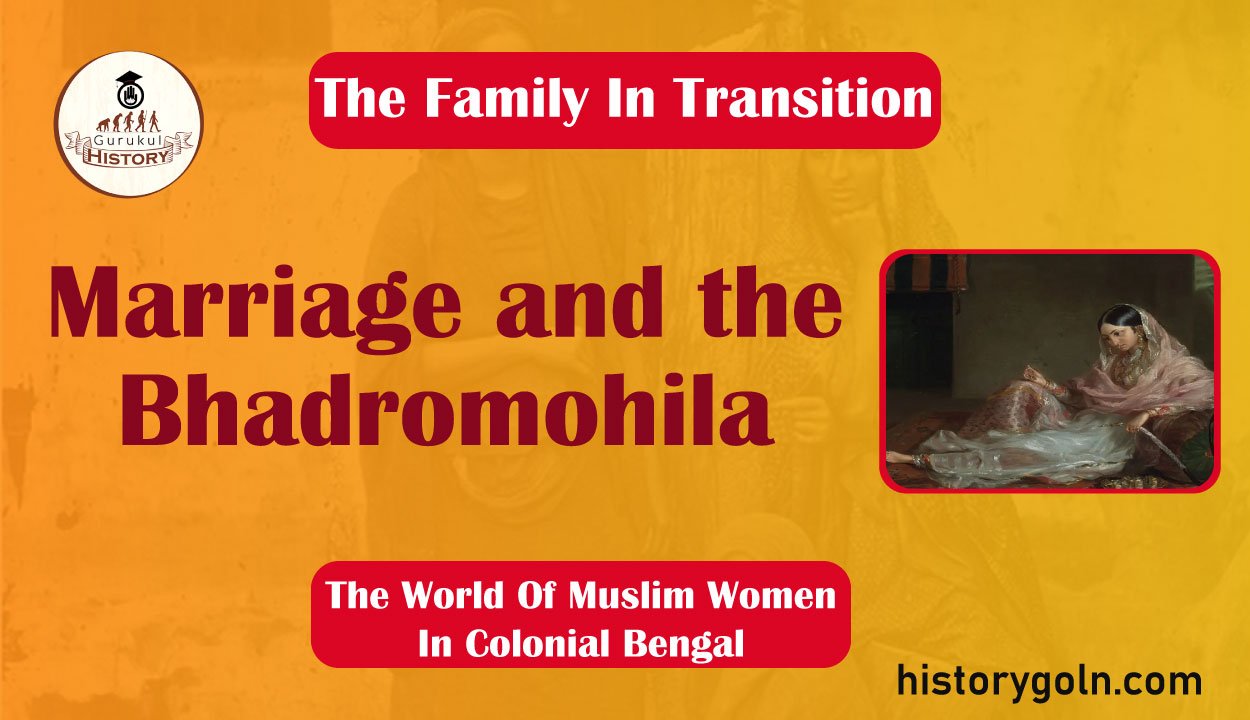Today our topic of discussion is Marriage and the Bhadromohila .
Marriage and the Bhadromohila

Muslim women of the period, whose narratives form part of the present research, have not dwelt at great length on their marriages. Still, it is possible to construct a picture from all the sources we do have. Marriage to the new professional gentry offered a different life style for the women of the 1920’s and 1930’s. It involved homemaking, budgeting and entertai ning in a limited measure.
Being a good companion was becoming a popular concept among the Muslim middle class elite. As mentioned above marriage could often mean a relaxation of purdah. greater social mobility (travelling) or greater access to education. The dramatic step of ‘coming out of purdah was described by Shaista Ikram- ullah.
This happened, some time after her marriage to an officer in the Indian Civil Service, at a garden party hosted by an Executive Councillor. Till then she had been officially in purdah though after her marriage its rigidity had been much relaxed. She did not enjoy her first experience of “being out at all.
Nurunnessa Bidyabinodini, born in a well established family in Murshid- abad, recalled that on account of being born into a family with a proud history, which laid great emphasis on the strictest purdah, her social and worldly experience was of a very limited nature.
As soon as she completed her eighth year, her movements became confined within the andarmahal. She got married at the age of 18 to a law-practitioner from Serampore in Hughly, who was given to travelling and took his wife along with him whenever he could. In her own words:
As my husband’s habit of travelling became second nature, a year after my marriage, in 1919, I started following him hither and thither like the proverbial pot around the fisherman’s waist. Consequently, the hold of purdah gradually became less severe. Nurunnessa traced the beginning of her literary career to the exposure received on these journeys.

Marriage to the new professional gentry thus offered a different life style for the women of the early twentieth century. The high point of married life was still the birth of a male child. Some form of confinement for the pregnant women and delivery rituals may have been practised, but probably not to the same degree of extremities as implied by the traditional concept of an atur ghar (see Chap. II).
Moreover, the practice of separa- tion as implied by the atur ghar became more difficult to observe as fami- lies took to living in crowded cities such as Calcutta or Dhaka where a large house with a compound would often be beyond the reach of the mid- dle class city-dweller.
It was very unlikely for middle or upper class women to chose their own husbands, though a few like Fazilatunnessa did. Excepting Faizun- nessa, Fatema Khanum, Akhtar Mahal and Mahmuda Khatun Siddiqua, most of the women mentioned above seemed to have led reasonably happy mar- ried lives.82 Rokeya, from whose writings any reference to her personal life is hard to elicit, allowed herself perhaps only one brief allusion to the emotional emptiness in her life in a letter.
For the greater part of her life she was neither wife (her husband died within a couple of years after her marriage) nor mother (her baby died shortly after birth), nor daughter (she seldom referred to her father).

Widowhood was a calamity but not a curse. According to Islamic Shariat, a woman could marry again. But as reformist projects of the nineteenth century attest, widow remarriage among the upper or sharif class had lost favour.
Thus Munshi Meherullah had to start a campaign for widow remar- ringe in the early twentieth century. Begum Sufia Kamal did remarry after the death of her first husband. Both Rokeya and Monwara Khatun were widowed, but did not remarry. Mamlukul Fatema Khanam was separated from her husband by her own choice for the greater part of her married life after his conversion to intense religiosity, pir-ism.
See more:
